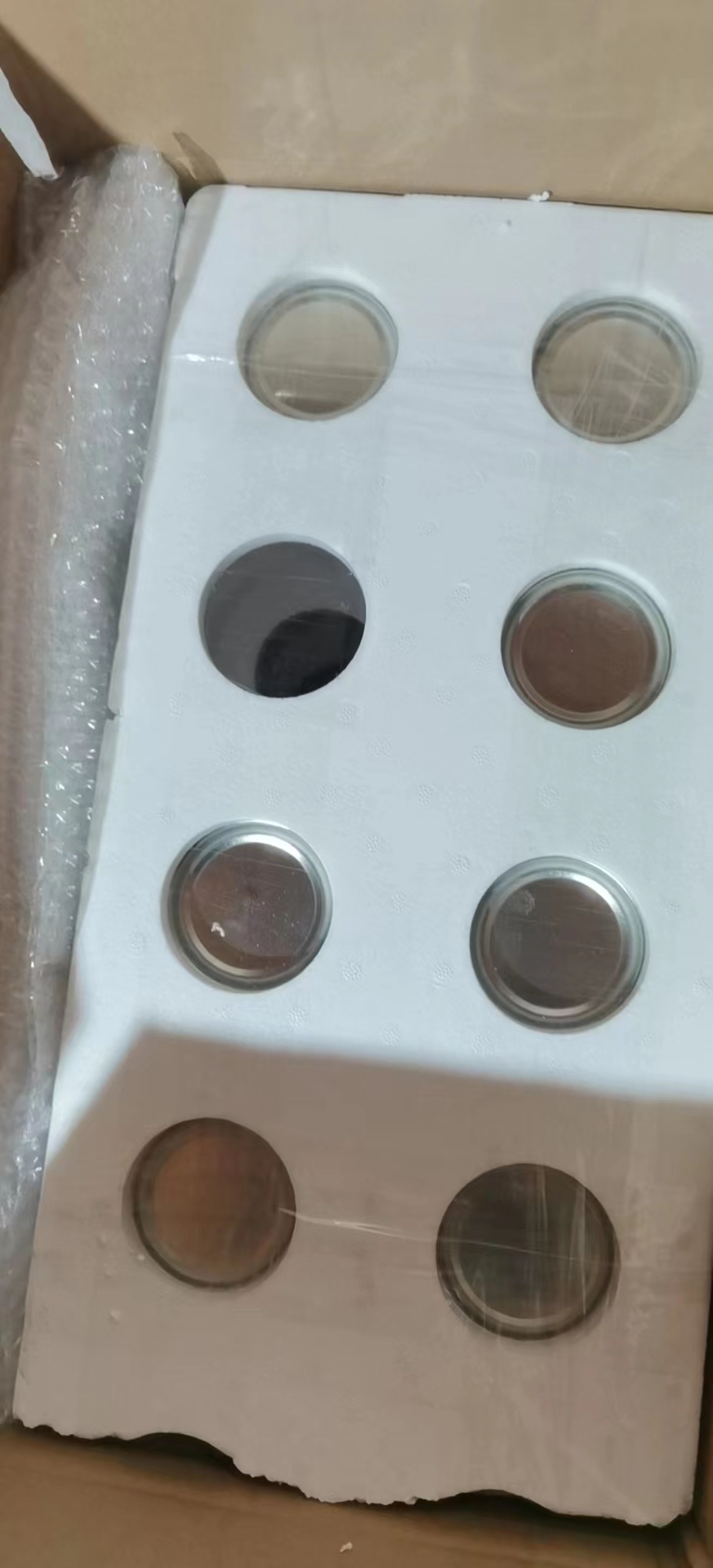Barium metal
Barium, metal

Structural formula: Ba
【 Molecular Weight 】 137.33
[Physical and Chemical Properties] Yellow silver white soft metal. Relative density 3.62, melting point 725 ℃, boiling point 1640 ℃. Body centered cubic: α=0.5025nm. Melting heat 7.66kJ/mol, vaporization heat 149.20kJ/mol, vapor pressure 0.00133kpa (629 ℃), 1.33kPa (1050 ℃), 101.3kPa (1640 ℃), resistivity 29.4u Ω· cm, electronegativity 1.02. Ba2+has a radius of 0.143nm and a thermal conductivity of 18.4 (25 ℃) W/(m · K). Linear expansion coefficient 1.85 × 10-5 m/(M ·℃). At room temperature, it easily reacts with water to release hydrogen gas, which is slightly soluble in alcohol and insoluble in benzene.
[Quality Standards] Reference Standards
【 Application】 Widely used in degassing alloys, including lead, calcium, magnesium, sodium, lithium, aluminum, and nickel alloys. Used as a gas suppressant to remove trace gases remaining in wireless vacuum tubes, and also used in the production of barium salts.
Aluminum thermal reduction method: Barium nitrate is thermally decomposed to produce barium oxide. Fine grained aluminum is used as a reducing agent, and the ratio of ingredients is 3BaO: 2A1. Barium oxide and aluminum are first made into pellets, which are then placed in a still and heated to 1150 ℃ for reduction distillation purification. The purity of the resulting barium is 99%.
【 Safety 】 Dust is prone to spontaneous combustion at room temperature and can cause combustion and explosion when exposed to heat, flames, or chemical reactions. It is prone to water decomposition and reacts violently with acids, releasing hydrogen gas that can be ignited by the heat of reaction. Encountering fluorine, chlorine, and other substances can cause violent chemical reactions. Barium metal reacts with water to form barium hydroxide, which has a corrosive effect. At the same time, water-soluble barium salts are highly toxic. This substance may be harmful to the environment, it is recommended not to let it enter the environment.
Hazard code: Flammable substance in contact with moisture. GB 4.3 Class 43009. UN No. 1400. IMDG CODE 4332 page, Class 4.3.
When taking it by mistake, drink plenty of warm water, induce vomiting, wash the stomach with a 2% to 5% sodium sulfate solution, induce diarrhea, and seek medical attention. Inhaling dust can cause poisoning. Patients should be taken out of the contaminated area, rested, and kept warm; If breathing stops, immediately perform artificial respiration and seek medical attention. Accidentally splashing into the eyes, rinse with plenty of water, seek medical treatment in severe cases. Skin contact: Rinse with water first, then thoroughly wash with soap. If there are burns, seek medical treatment. Immediately rinse your mouth if ingested by mistake and urgently seek medical treatment.
When handling barium, it is necessary to strengthen the safety protection measures of operators. All waste should be treated with ferrous sulfate or sodium sulfate to convert toxic barium salts into low solubility barium sulfate.
Operators should wear self-priming filter dust masks, chemical safety goggles, chemical protective clothing, and rubber gloves. Keep away from sources of fire and heat, and smoking is strictly prohibited in the workplace. Use explosion-proof ventilation systems and equipment. Avoid contact with oxidants, acids, and bases, especially with water.
Stored in kerosene and liquid paraffin, packaged in glass bottles with airtight sealing, with a net weight of 1kg per bottle, and then concentrated in wooden boxes lined with padding. There should be a clear “Flammable Items in Contact with Moisture” label on the packaging, with a secondary label of “Toxic Substances”.
Store in a cool, dry, and ventilated non combustible warehouse. Keep away from heat and fire sources, prevent moisture, and prevent container damage. Do not come into contact with water, acid, or oxidants. Separated from organic matter, combustibles, and easily oxidizable substances for storage and transportation, and cannot be transported on rainy days.
In case of fire, dry sand, dry graphite powder or dry powder extinguisher can be used to extinguish the fire, and water, foam, carbon dioxide or halogenated hydrocarbon extinguishing agent (such as 1211 extinguishing agent) is not allowed.
Post time: Sep-11-2024